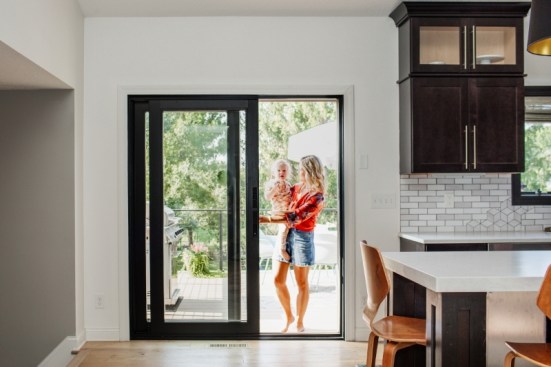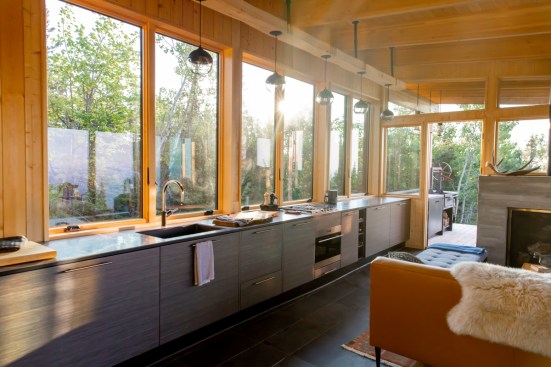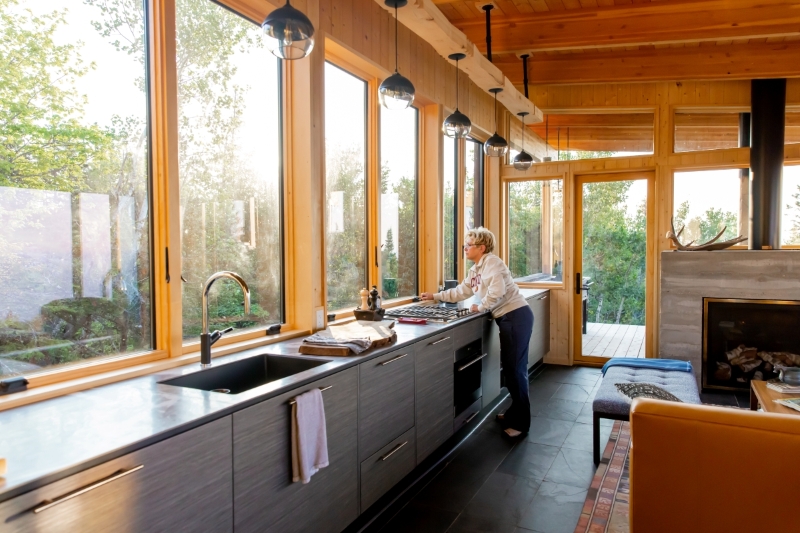Construction codes are changing faster than ever—especially around energy efficiency standards for windows. For builders, keeping up is increasingly complex as window options expand to meet stricter thermal performance requirements, says Cliff MacDonald, an Andersen Windows & Doors product manager who’s been in the industry since 2003.
“Over the last five years, we’ve seen a real shift in code requirements and the technology available to meet those requirements,” MacDonald says. For example, in addition to double-pane windows, builders can now opt for triple-pane windows and a variety of glass coating options to meet more stringent Energy Star 7 standards.
In general, building energy codes such as the International Energy Conservation Code (IECC) and Energy Star are revised on a three- to four-year cycle to reflect advances in building science and growing sustainability goals. Each new iteration tends to introduce tighter performance requirements, particularly for window U-factors and Solar Heat Gain Coefficients (SHGC), which determine how well a window insulates and manages solar heat.
What’s more, adoption of codes varies by state, county, and city, which further complicates compliance. “What’s a voluntary standard like Energy Star in one state might be adopted as the code requirement in another state,” MacDonald says.
For builders—especially those that are working in new territory— the frequent revisions and hodgepodge of codes can introduce uncertainty, added difficulty in product selection, and more risk. But MacDonald says trying to stick with old compliance techniques is the real risk.
“What’s worked in the past might not work today, but it’s riskier to avoid adapting to the new landscape,” he says. “Additionally, products that meet new energy efficiency standards are increasingly available.”
One of the best ways to navigate code changes is working with code officials. “They’re a great resource, and we really encourage that connection,” MacDonald says.

This Andersen A-Series Gliding Patio Door with contemporary profiles can be ordered with triple-pane glass.
Builders can streamline the compliance process by:
- Reviewing energy code requirements early in the design phase. MacDonald recommends Energycodes.gov, which tracks energy codes state by state and offers a number of compliance resources.
- Consulting with code officials during project planning to confirm interpretations of U-factor and SHGC requirements.
- Documenting product specifications, including NFRC ratings for windows and doors, to check the product spec against the code requirement to ensure compliance.
- Leveraging manufacturer support, such as technical data sheets and performance certification, to validate product specifications.
It’s also important to work with a window manufacturer whose products are labeled with an NFRC certification, which provides standardized U-Factor and SHGC data that builders can use directly in energy modeling and for code compliance. This transparency simplifies communication with code officials and reduces uncertainty during code reviews and inspections.
Another key is to ensure the manufacturer has received the Window & Door Manufacturers Association (WDMA) Hallmark certification, an industry-wide recognized certification process.
“It means that annual third-party audits of our processes and designs ensure quality and give customers confidence in our products,” MacDonald says. “So, you know that we’re making the product that we say we’re making and that it’s going to meet the performance level on the label.”
MacDonald adds that leading manufacturers provide technical resources, as well. For example, Andersen offers product performance data for thermal performance and product certification data.

This cabin has Andersen 400 Series Casement Windows with contemporary profiles and an E-Series Hinged Patio Door. These products are available with triple-pane glass.
Overall, MacDonald says the pace of change in energy performance compliance codes isn’t likely to slow down. Builders who take a proactive approach—collaborating with code officials early and relying on trusted manufacturers—will not only successfully navigate the complexity of codes but also avoid the biggest risk of all.
“Worst case scenario is having an inspection fail,” MacDonald says. “That usually involves ripping product out, and it’s a big cost. No one wants that.”
Learn how Andersen Windows & Doors can help you choose the right windows for your next project.



